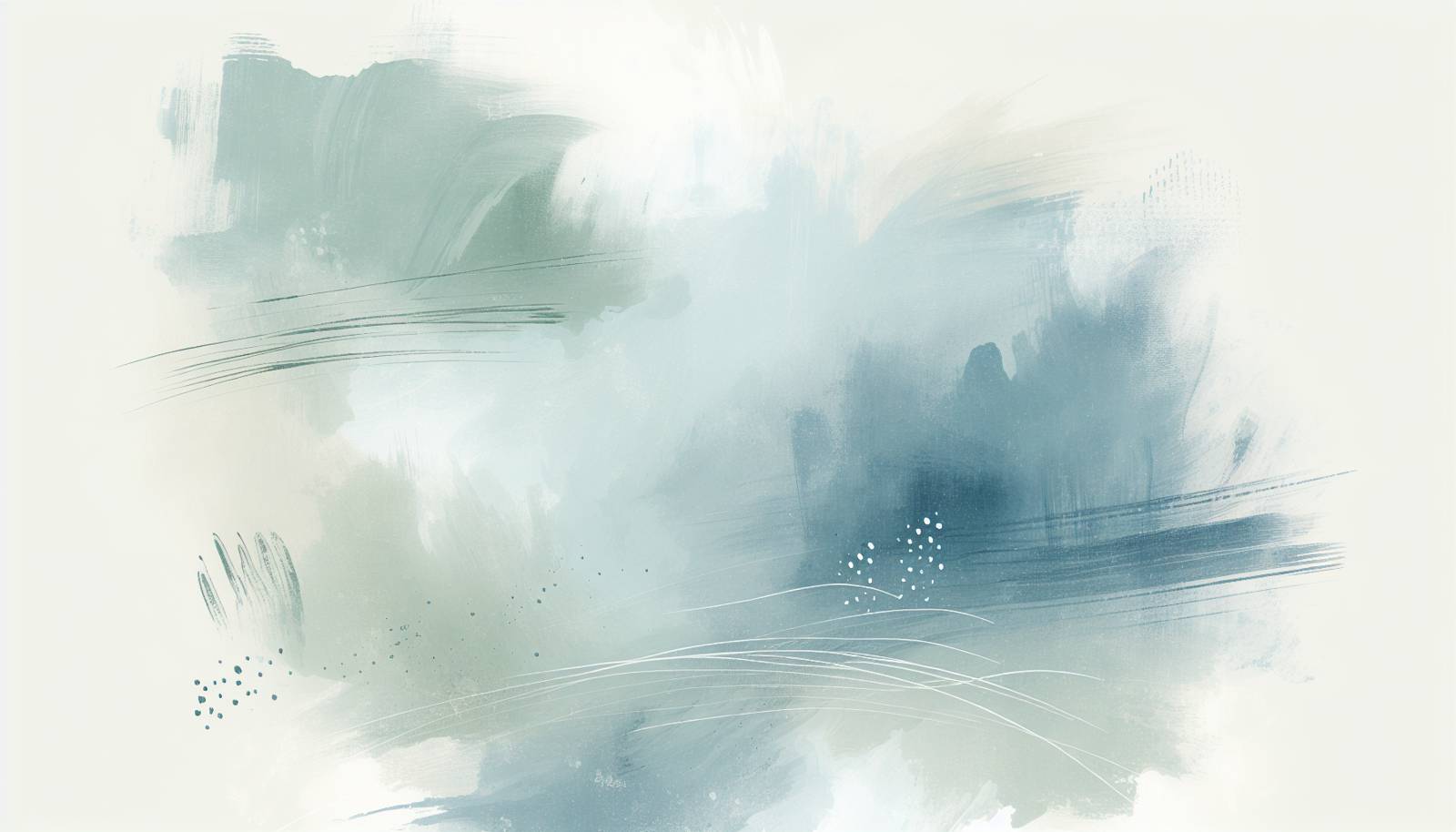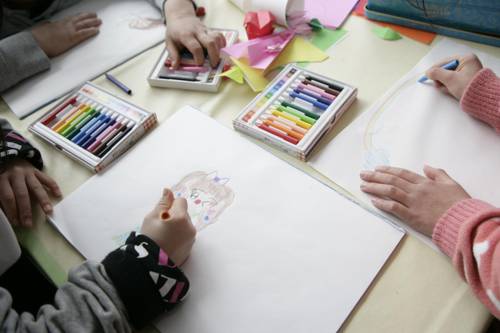
FAQ About The Impact of Art Therapy on Mental Health

What is art therapy?
Art therapy is a form of psychotherapy that uses creative processes such as drawing, painting, sculpture, and other art forms to help individuals explore emotions, develop self-awareness, cope with stress, and enhance mental well-being. It is conducted by trained art therapists and is used to facilitate psychological healing and self-expression.

How does art therapy benefit mental health?
Art therapy benefits mental health by allowing individuals to express thoughts and feelings that might be difficult to verbalize. It can reduce stress, improve emotional resilience, and promote self-discovery. The creative process itself can be therapeutic, promoting relaxation and the exploration of complex emotions.

Who can benefit from art therapy?
Art therapy can benefit a wide range of individuals, including children, adolescents, adults, and the elderly. It is particularly helpful for those experiencing anxiety, depression, PTSD, or trauma. It can also be beneficial for individuals dealing with chronic illnesses, addiction, and those seeking personal development.

Is art therapy only for people who are good at art?
No, art therapy is not limited to those who are skilled at art. It focuses on the process of creation rather than the final product. The goal is to express oneself and facilitate healing, not to produce a perfect piece of art. Everyone, regardless of artistic ability, can engage in art therapy.

What kind of activities are involved in art therapy?
Art therapy may involve a variety of activities including drawing, painting, sculpting, collage-making, and digital art. The specific activities are often tailored to the individual’s personal preferences and therapeutic needs. These activities help clients explore emotions and express inner experiences.

How is art therapy different from regular art classes?
Art therapy differs from regular art classes in that its primary focus is on personal insight, emotional growth, and healing rather than on artistic technique or skill development. While art classes aim to teach art skills, art therapy uses the art-making process as a way to communicate and process feelings.

Can art therapy be used alongside other forms of treatment?
Yes, art therapy can be used in conjunction with other forms of treatment such as traditional psychotherapy, medication, and other therapeutic approaches. It is often part of a comprehensive treatment plan, providing an additional method for self-expression and emotional healing.

How does art therapy help children?
Art therapy can be especially beneficial for children who may have difficulty expressing their thoughts verbally. Through art, children can express complex feelings and experiences in a safe and supportive environment. It can aid in the development of coping skills, improve communication abilities, and boost self-esteem.

What qualifications do art therapists need?
Art therapists typically require a master’s degree in art therapy or a related field. They must complete supervised clinical experience and may need to pass certification exams depending on the country or region. They are trained in both psychotherapy and art, allowing them to effectively use art-making modalities for therapeutic purposes.

Is there scientific evidence supporting the effectiveness of art therapy?
Yes, there is a growing body of scientific evidence supporting the effectiveness of art therapy. Research has shown that art therapy can reduce symptoms of anxiety, depression, and PTSD, improve mood, and enhance the overall quality of life. It is recognized as a valuable therapeutic modality in psychiatric and clinical settings.

How long does a typical art therapy session last?
A typical art therapy session usually lasts between 45 minutes to an hour, similar to standard psychotherapy sessions. However, the duration can vary based on individual needs, the therapeutic approach, and the setting in which therapy is being conducted.

Can art therapy be done in group settings?
Yes, art therapy can be conducted in both individual and group settings. Group art therapy can foster social interaction, provide support, and enhance communication among participants as they share and reflect upon their creative expressions and experiences.

Where can someone find an art therapist?
Art therapists can be found in various settings including hospitals, mental health clinics, schools, community centers, rehabilitation facilities, and private practice. Professional associations such as the American Art Therapy Association provide directories to help individuals locate qualified art therapists.

Do you need a specific diagnosis to try art therapy?
No specific diagnosis is required to try art therapy. While it is commonly used for individuals with mental health issues, anyone interested in exploring their emotions and creativity can benefit from art therapy. It can be used for personal development, stress relief, or improved well-being.

How does art therapy support trauma recovery?
Art therapy supports trauma recovery by providing a non-verbal outlet for expressing and processing traumatic memories and emotions that might be difficult to articulate. It can help survivors rebuild a sense of safety, process difficult emotions, and integrate traumatic experiences into their personal narratives.

What is the role of the art therapist during a session?
The role of an art therapist is to facilitate a safe and supportive environment for clients to engage in the creative process and explore their emotions. They guide the art-making process, help interpret the artwork, and provide therapeutic insights that aid in emotional healing and personal growth.

How is progress measured in art therapy?
Progress in art therapy is often measured by the client's increased emotional insight, ability to express difficult emotions, improved mood, and overall better functioning in daily life. The artwork and the client's reflections on their art can also provide insight into their therapeutic progress and personal growth.

Can virtual art therapy be effective?
Virtual art therapy has been found to be effective, especially with advancements in digital technology. It allows individuals to engage in art-making at home while receiving guidance from a therapist via video calls or online platforms. It offers flexibility and convenience, particularly for those who may not have access to in-person sessions.

Are there any risks associated with art therapy?
While art therapy is generally safe, there may be risks such as the potential for emotional discomfort as individuals confront difficult emotions during sessions. It's essential for therapists to provide a supportive and safe environment and for clients to communicate any distressing feelings during the process.

What materials are typically used in art therapy sessions?
Art therapy sessions may use a variety of materials such as paints, crayons, markers, clay, paper, and digital tools. The choice of materials often depends on the client's preferences, therapeutic goals, and the context of the therapy session.
